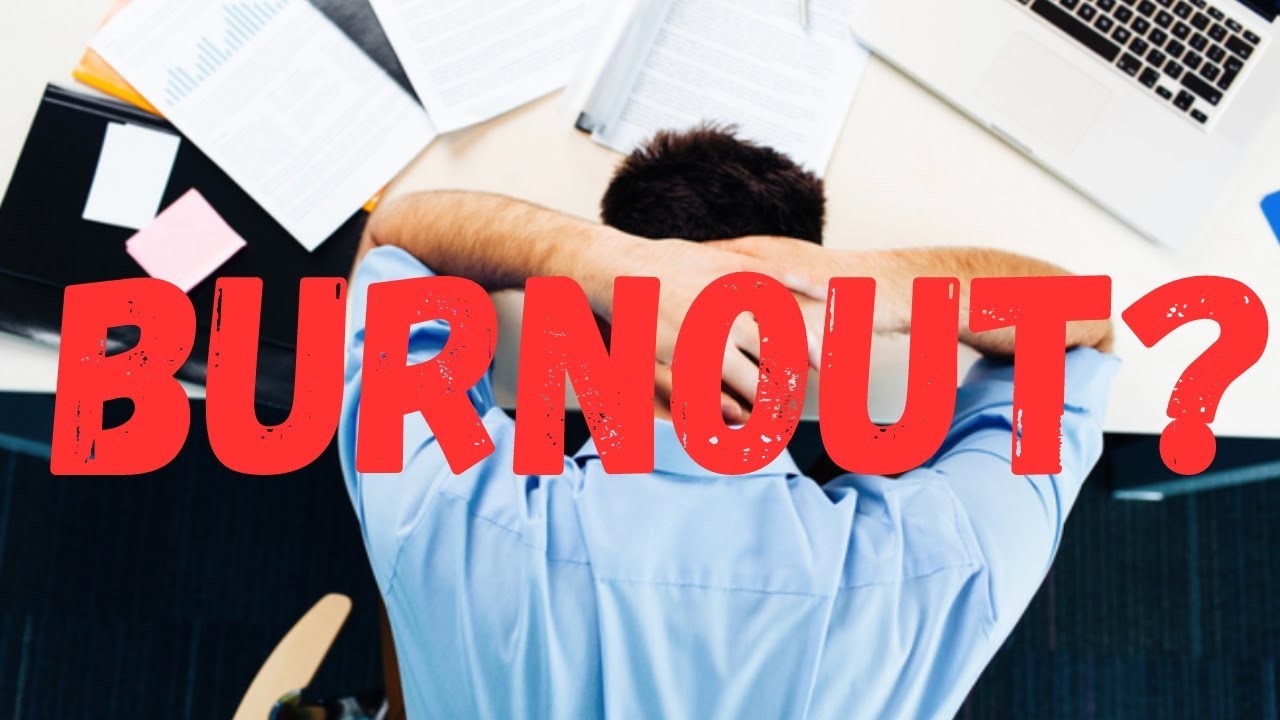In the demanding tapestry of modern professional and personal life, the concept of burnout has transcended mere exhaustion to become a recognized syndrome, a chronic state of physical, emotional, and mental depletion caused by prolonged or excessive stress. It’s far more insidious than simply feeling tired; it’s a deep-seated erosion of energy, enthusiasm, and efficacy that can leave individuals feeling overwhelmed, cynical, and utterly drained. While often associated with the workplace, burnout can permeate all aspects of life, silently undermining well-being and productivity. Recognizing its subtle yet potent warning signs is the crucial first step towards dismantling its grip and reclaiming one’s vitality.
One of the most pervasive indicators of burnout is a profound and persistent sense of exhaustion, far beyond what a good night’s sleep can remedy. This isn’t just physical tiredness; it’s a mental and emotional weariness that makes even simple tasks feel insurmountable. You might wake up feeling as if you haven’t slept at all, or find yourself dragging through the day with an overwhelming urge to nap, despite having no obvious physical exertion. This exhaustion can manifest as a lack of energy for hobbies, social interactions, or personal care, leading to a vicious cycle where essential restorative activities are neglected. Accompanying this fatigue is often a noticeable decrease in energy and vitality, making it difficult to engage with work or life with the enthusiasm you once had.
Beyond sheer exhaustion, cynicism and detachment often serve as potent warning signals. Individuals experiencing burnout frequently develop a negative or even cynical attitude towards their work, colleagues, and clients. Tasks that once brought satisfaction now feel meaningless or irritating. You might find yourself feeling emotionally distant, less empathetic, or even resentful towards the very people you interact with daily. This detachment can extend to personal relationships, leading to a sense of isolation and a diminishing capacity for joy or connection. This isn’t a momentary bad mood; it’s a pervasive erosion of engagement and a pervasive sense of apathy, a subtle but significant shift in one’s emotional landscape. The sense of accomplishment that once fueled your efforts fades, replaced by a feeling of futility.
A third critical sign is a marked decrease in professional efficacy. Despite working long hours, an individual experiencing burnout might find their productivity plummeting. Tasks take longer to complete, errors become more frequent, and the quality of work suffers. There’s a nagging feeling of inadequacy, a struggle to concentrate, and difficulty making decisions, even those that were once routine. This diminished performance, in turn, can feed the cycle of exhaustion and cynicism, creating a self-reinforcing negative loop. It’s a stark contrast to feeling challenged and productive; instead, it’s a sense of stagnation and an inability to meet perceived demands, no matter how much effort is expended.
Recognizing these signs is the essential first step, but beating burnout requires a strategic and multifaceted approach, starting with acknowledging the problem. Denial is a powerful impediment to recovery. Once acknowledged, the primary strategy involves creating boundaries and reclaiming time for rest and rejuvenation. This is not a luxury but a necessity. Begin by setting clear limits on work hours and resisting the urge to check emails or work-related messages outside of those times. Learn to say “no” to additional commitments if your plate is already full. This might feel uncomfortable at first, especially for individuals accustomed to being constantly available, but it is vital for preserving your energy reserves.
Prioritizing self-care and leisure activities is another non-negotiable step. Burnout often results from neglecting personal needs in favor of perceived obligations. Re-engage with hobbies that bring you joy, spend time in nature, or dedicate time to physical activity that you enjoy, not just as a chore. Exercise, in particular, can be a powerful antidote to stress, releasing endorphins and improving mood. Ensure you are getting adequate, restorative sleep, as chronic sleep deprivation is a major contributor to both physical and mental exhaustion. This might involve creating a consistent sleep schedule, optimizing your sleep environment, and avoiding screens before bed. These activities are not distractions from your responsibilities; they are essential for recharging your mental and emotional batteries.
Furthermore, seeking support and connection can be profoundly healing. Burnout can foster feelings of isolation, but sharing your experiences with trusted friends, family members, or a mentor can provide perspective and emotional relief. If the burnout is workplace-related, consider discussing your concerns with a supportive manager or HR representative, focusing on solutions like workload adjustments or professional development opportunities. For many, seeking professional help from a therapist or counselor specializing in burnout and stress management can provide invaluable strategies, coping mechanisms, and a safe space to process their feelings. Cognitive Behavioral Therapy (CBT) and mindfulness-based stress reduction (MBSR) are often effective in reframing thought patterns and building resilience.
Finally, a crucial aspect of beating burnout involves re-evaluating your relationship with work and success. Often, burnout stems from an unhealthy pursuit of perfectionism, an inability to delegate, or an overidentification with one’s professional role. This stage requires a deeper introspection into your values and priorities. Can you redefine success to include well-being and personal fulfillment? Are there tasks you can delegate or processes you can streamline? Sometimes, beating burnout may even necessitate a significant change in career path or work environment if the existing one is fundamentally misaligned with your values or proves consistently toxic.
In conclusion, burnout is a serious condition, but it is not an insurmountable one. By diligently recognizing its warning signs—persistent exhaustion, cynicism, and diminished efficacy—individuals can begin the crucial work of recovery. Beating burnout is a holistic process that demands intentional boundary setting, a renewed commitment to self-care, a willingness to seek and accept support, and, at times, a brave re-evaluation of one’s life choices. It is a journey back to vitality, clarity, and a more sustainable, fulfilling engagement with both work and life.




